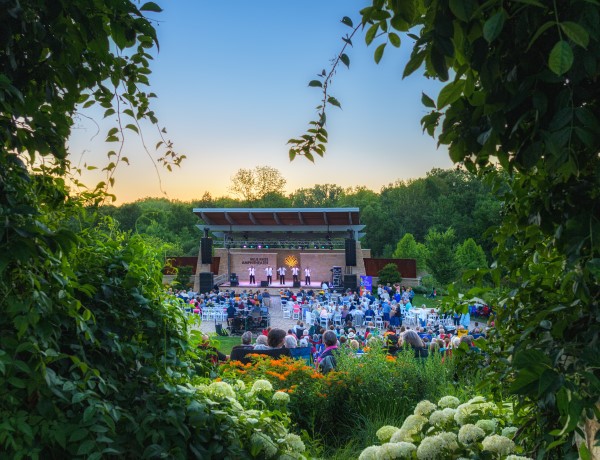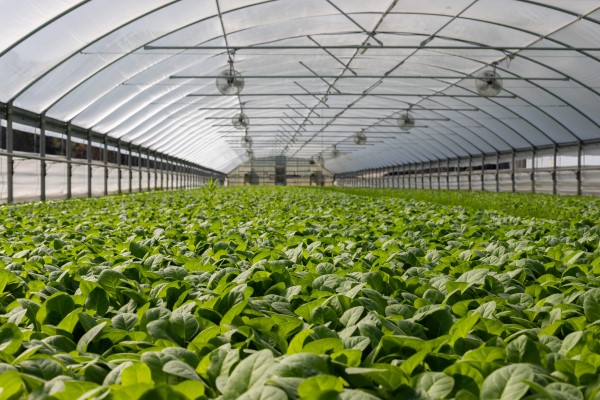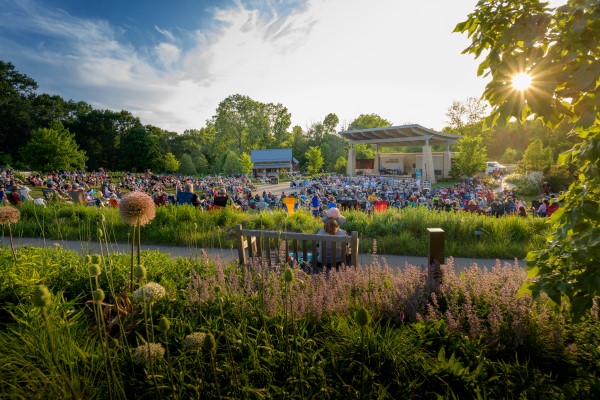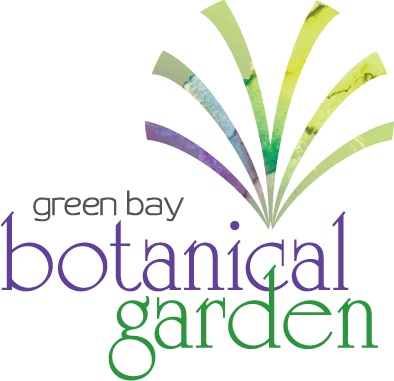At some point, just about everyone hears that music is good for plants, and if you’re anything like me, you were probably a bit skeptical. I’m not about to start singing to my potted plants on a rumor alone. But, what if there’s some truth to the age-old tale?
Picking Up Good Vibrations

While plants don’t hear sound like you and I do, they certainly can feel the vibration of audio. In fact, plants use acoustic vibrations in their everyday lives!
Evidence has suggested that plants can communicate with each other through vibration. Plants can even locate water by sensing its vibrations with their roots. Sound also affects the metabolism of plants.3 This is because when sound waves hit cell walls they increase the rate of transportation within the cell.
Sound also stimulates the opening of leaf stomata. This increases plant productivity, disease resistance, and reduces the need for fertilizers.2
Waltz of the Flowers
Just like anyone else, plants have their favorite genres of music. Overall, they respond more to soothing rhythmic vibration and classical music than jazz and rock.3 This extends far beyond the reaches of European classical music. In fact, traditional Indian Raga music increased plant biomass by a whopping 72%, and petunias and marigolds flowered two weeks early when exposed to Bharatanatyam.

Plants have mixed reactions when it comes to Western country music. While most plants experience no effects of exposure, roses grow significantly more thorns!1 Non-rhythmic noises like traffic are not the popular choice, and often negatively impact plant productivity.3
Arias & Agriculture
So, how can we actually apply all this? Are greenhouses just constantly blasting music to improve plant productivity? Scientists have developed something called plant acoustic frequency technology (PAFT). By conducting research on frequencies that individual plants prefer and crafting the perfect tune, we can optimize the benefits of sound.

Funnily enough, PAFT mimics the plants own frequency because that’s what plants respond to most dramatically.1 This increases photosynthesis and cell division of the plant, yielding a higher quality product sooner, especially in vegetables.2

Believe it or not, we serenade our seedlings throughout the summer, and you can get in on the fun! Join us for our final Les Stumpf Ford Grand Concert this Friday, September 8: Brews, Bistros, & Bonfires featuring Absolute Queen. They go quickly, so advanced tickets are recommended!
Sources
- Chowdhury, Anindita Roy, and Anshu Gupta. “Effect of Music on Plants – An Overview.” International Journal of Integrative Sciences, Innovation, and Technology (IJIIT)I, IV, no. 6, 28 Dec. 15AD, pp. 30–34, https://www.researchgate.net/publication/291086163_Effect_of_Music_on_Plants_-_An_Overview.
- Hendrawan, Yusuf, et al. “The Effect of Javanese Gamelan Music on the Growth of Chinese Broccoli.” Pertanika Journal of Science & Technology, vol. 28, no. 1, Jan. 2020, pp. 69–90. EBSCOhost, search.ebscohost.com/login.aspx?direct=true&AuthType=cookie,ip,cpid&custid=s5143778&db=iih&AN=141178793&site=ehost-live&scope=site.
- You-Ning, Lai, and How-Chiun Wu. “Effects of Different Types of Music on the Germination and Seedling Growth of Alfalfa and Lettuce Plants.” Agrivita, vol. 42, no. 2, 2020, pp. 197-204. ProQuest, https://www.proquest.com/scholarly-journals/effects-different-types-music-on-germination/docview/2436923472/se-2, doi:https://doi.org/10.17503/agrivita.v0i0.2613.




